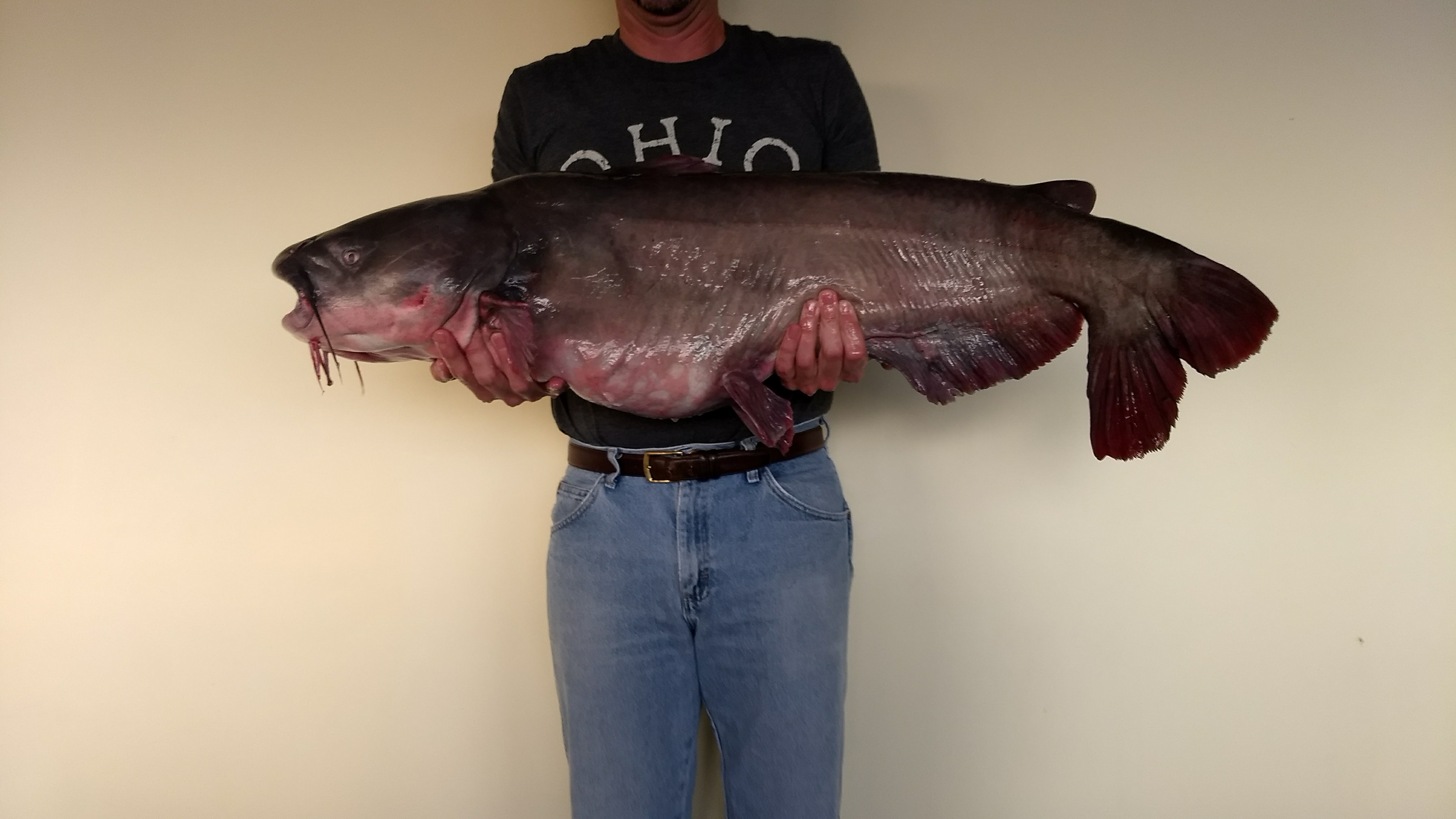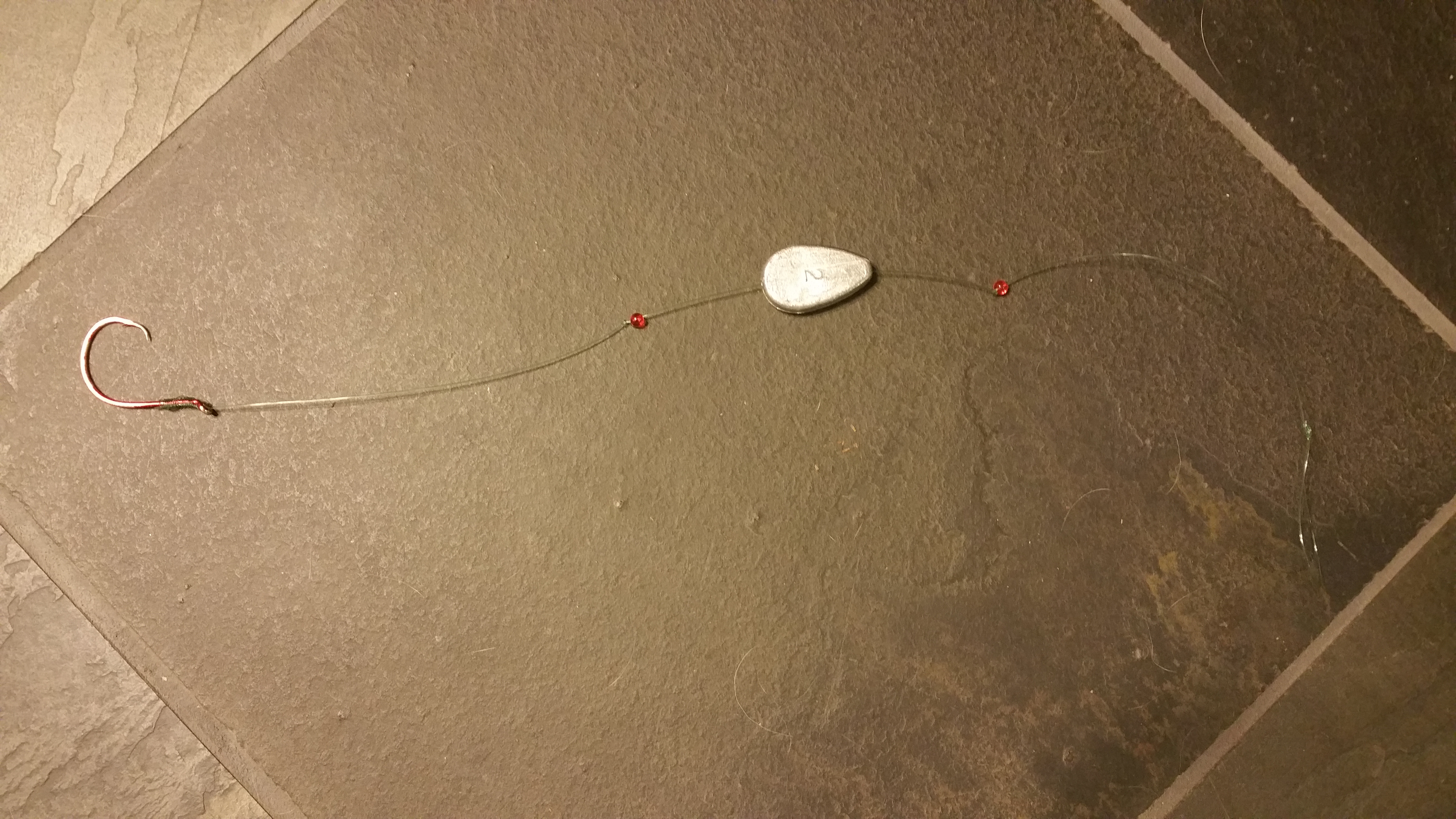
I love fishing the Potomac River and the Anacostia River. They are THICK with catfish, including channel catfish, bullheads, monsterous blue catfish.
But one challenge of these rivers is that they are very snaggy. I have lost so many sinkers or entire rigs to snags, which is a bummer and also upsetting to me because I think it is important to not leave stuff —sinkers, line, hooks, etc.— in the river. No matter the sinker shape, pyramid, circle, round, etc., I still got snags.
The other week, I was thinking about a solution. And I got an idea from an anchoring solution I came across. (Stick with me as I explain.)
The snaggy river got hold of my kayak’s anchor this spring, and to remedy that situation I created a drag anchor—basically a very heavy chain sheather in either a plastic sleeve or pipe insulation.
Continue reading

 There are various ways to tie catfish rigs. I used to use helicopter rigs because they are absurdly easy to tie and require only two things—a sinker and a hook. I first learned how to do one from
There are various ways to tie catfish rigs. I used to use helicopter rigs because they are absurdly easy to tie and require only two things—a sinker and a hook. I first learned how to do one from